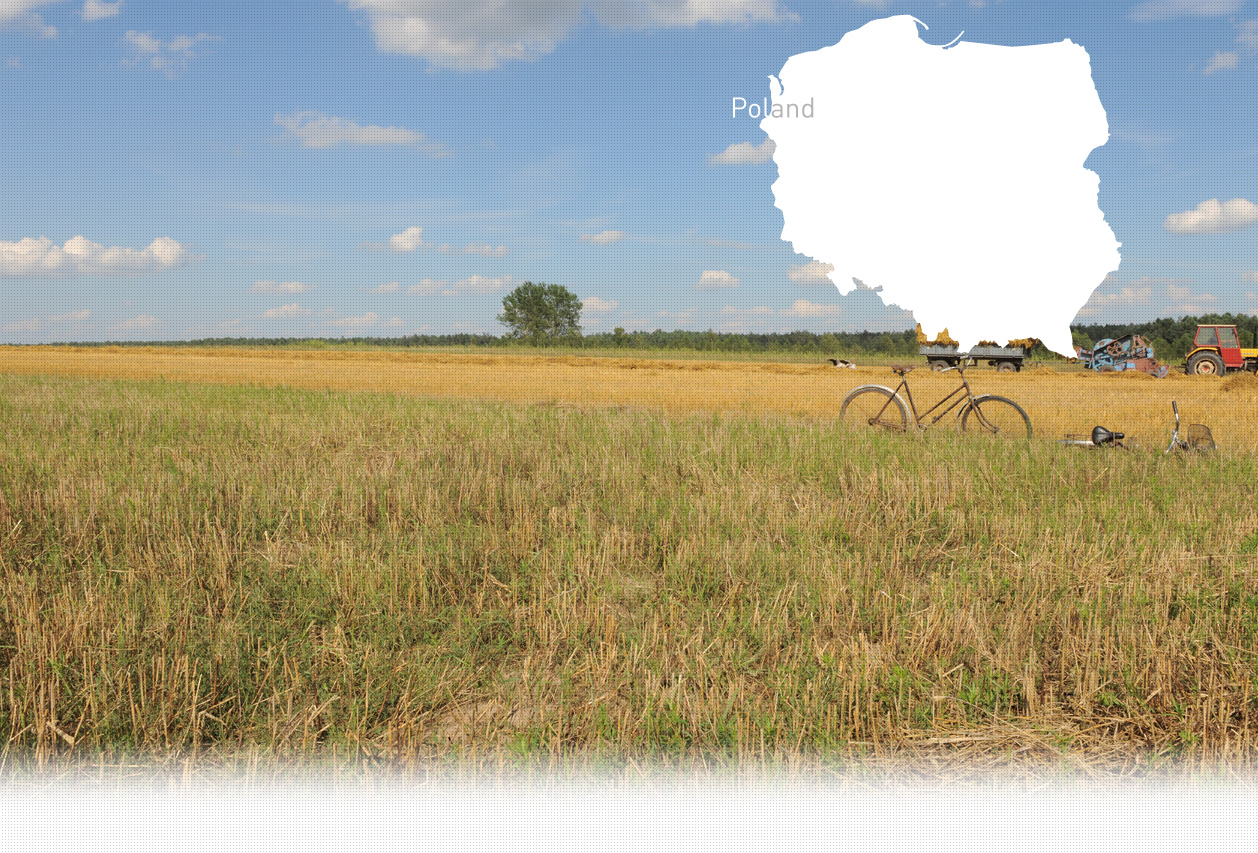

1 Killing site(s)
Józefa S., born 1928: “Frysztak is just next to Pułanki, my home village. When I was a young girl, I would go to Frysztak with my parents to go to Church or to go shopping. Most shops in Frysztak were owned by Jews. They also had a synagogue. In Pułanki, there were five or six Jewish families living there before the war. There was Kraus who owned a mill in nearby Cieszyna. I remember the Jewish men Chabron, Aaron and Szmul, as well as Zelmann. The latter was a merchant. When the war began, the Jews from Frysztak were forced to work and enclosed in a ghetto. I do not know exactly what happened to our Jews, those from Pułanki, but I suspect that they shared the fate of Frysztak Jews: once the Germans did not need them anymore, they were taken to the Warzyce forest and killed (…)”(Witness N°1172, interviewed in Pułanki, on October 24, 2020)
Frysztak is a village and former shtetl in the Subcarpathian Voivodeship in southern Poland. In 1921, there were 1,010 Jews in the town, which constituted 74.4% of the total population. By 1939, the number of Jews increased to around 1,400 people. Jewish community in Frysztak was very present in the social and cultural life of the village. The local Jews were mainly merchants and artisans. Mieczysława J. born in 1927 in Pułanki, vividly remembered the Jewish inhabitants of the neighboring Frysztak and their professions: “There was a Jewish man called Barlinger who owned a soda water factory. His daughter, Estera, was a friend of mine. Mr. Rajber had a grocery shop. Mrs. Mirla Gast had a tailor workshop, Mr. Bakshal had a bakery and Mr. Tojba owned a sawmill. There was even a mill here, in Pułanki, owned by a Jewish family. Jews were mainly merchants, there were no Jewish farmers.” Jews from Frysztak had a synagogue and a mikveh located near the market square. There were also two Jewish cemeteries in the village. Mieczysława J. recalled: “The relations between Jews and non-Jews were rather good although sometimes young Catholics, would bother the Jews, especially during Jewish holidays.”
The Germans occupied Frysztak on September 8, 1939. The persecutions of Jews began almost immediately. In November 1939, Frysztak became a part of Kreis Jasło, within Distrikt Krakau. A Judenrat, as well as Jewish police, was created in fall of the same year. The main role of the Judenrat was the distribution of food rations and organization of the forced labor for all Jews aged 15 to 60. Many Jewish refugees arrived in Frysztak over the following months, mainly from Śląsk, Kraków and Łódź.
In April 1941, there were four forced labor camps around Frysztak. In May 1941, 1,000 Jews from the Warsaw ghetto arrived in Frysztak to work in these camps. From July to November 1941 a labor camp was located in the two synagogues of Frysztak. About 2.000 Jews from the camp worked on road constructions, in stone quarries in nearby Cieszyna and on the construction of the shelter tunnel in Stępina which was included in the Führer Headquarters complex. About 150 Jews from Frysztak were sent to the forced labor camp in Płaszów near Kraków. Many inmates of those camps died of typhus and horrific living conditions. In January 1942, an open ghetto was created in the village. From that moment onwards, the Jews could not leave the village area and were forced to wear armbands with yellow stars. The only exception was made for forced labor workers, (around 250 people were forced to clean the roads of snow on a daily basis). The first deportation (Aktion) in Frysztak was carried out on July 2-3, 1942. At that time, the number of Jews residing in Frysztak ghetto had increased to 1,800 people. The Aktion was carried out by the Gestapo officers from Jasło, helped by units of the Order police, Ukrainian and Polish granatowa police. All the Jews had to gather at the cattle market in the morning. After a brief selection, followed by looting of Jewish belongings, circa. 800 people, mostly elderly, women and children, were loaded on trucks and taken to the Warzyce forest, located about 12km from Frysztak. The Jews had to strip naked before being shot in a mass execution and buried in three mass graves.
The liquidation of the ghetto took place on August 18, 1942. Some Jews from Frysztak ghetto were transported to Rzeszów and Przemyśl ghettos, others were sent to Jasło, from where they were deported to the Bełżec extermination camp on August 19 and 20. However, some Frysztak Jews managed to flee and hide before the Aktion. They were successfully hunted down by the German gendarmes or denounced by local inhabitants and killed at the local Jewish cemetery.
To learn more about the execution of Jews from Frysztak in the Warzyce forest please refer to the corresponding profile
Do you have additional information regarding a village that you would like to share with Yahad ?
Please contact us at contact@yahadinunum.org
or by calling Yahad – In Unum at +33 (0) 1 53 20 13 17